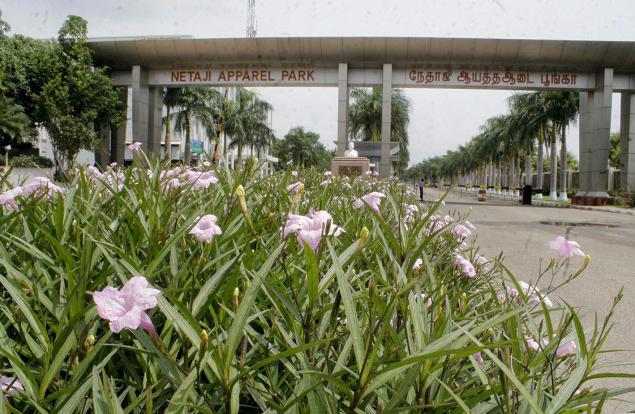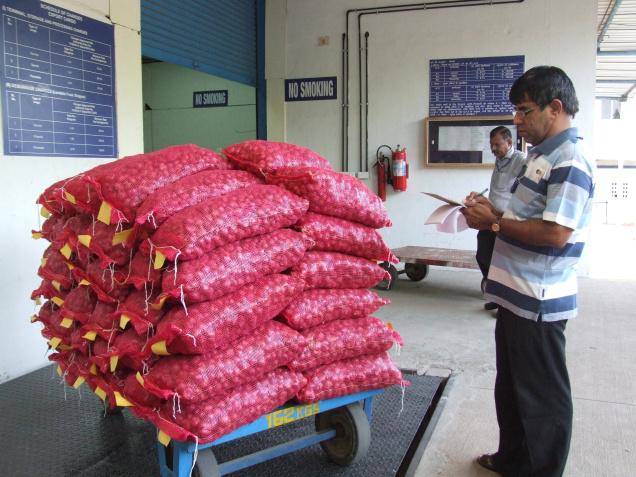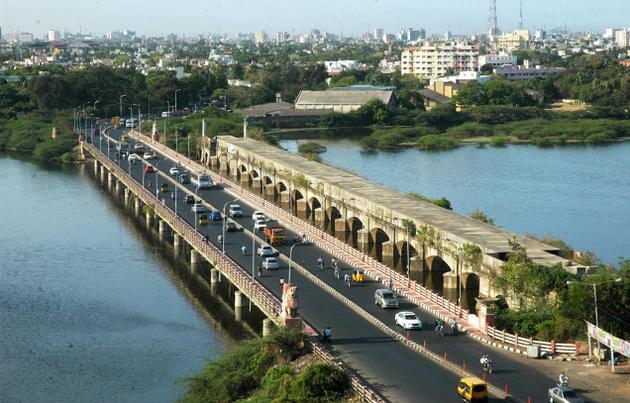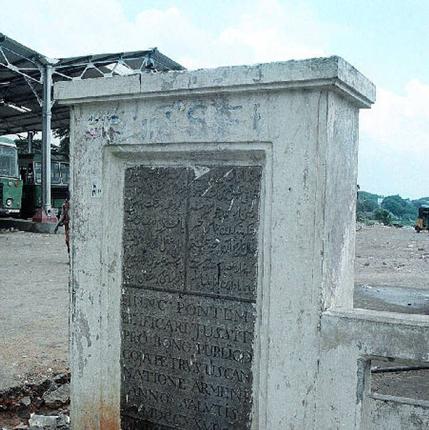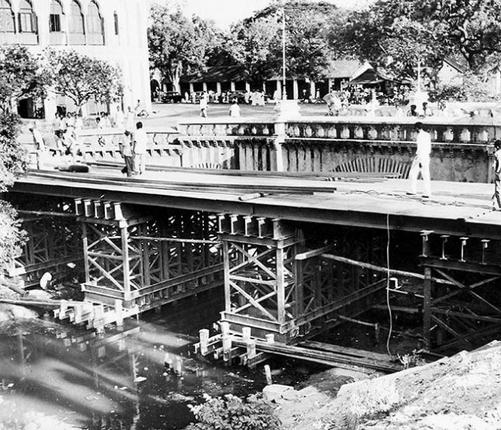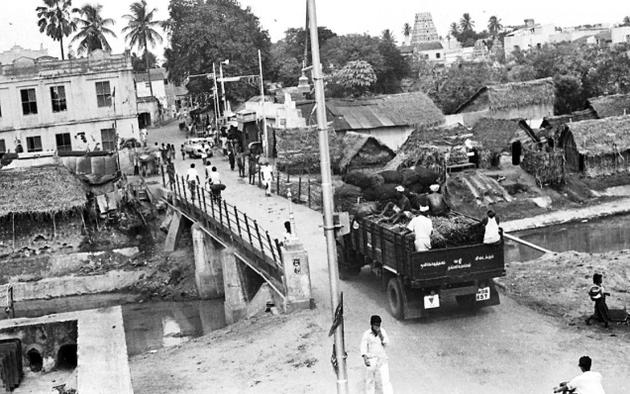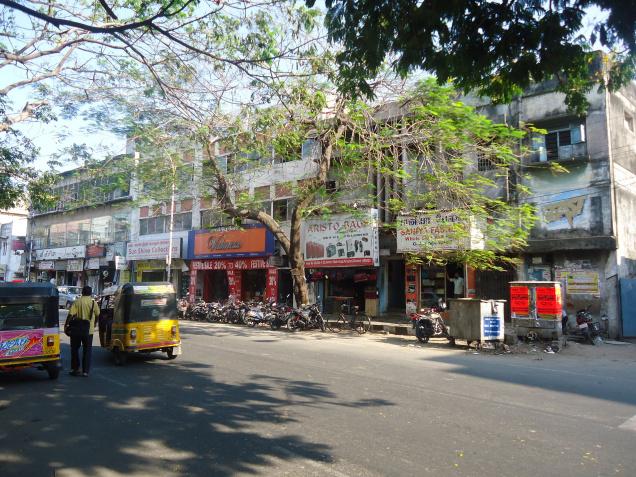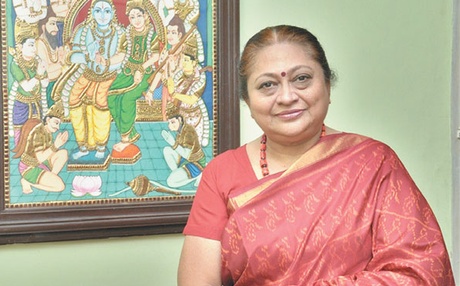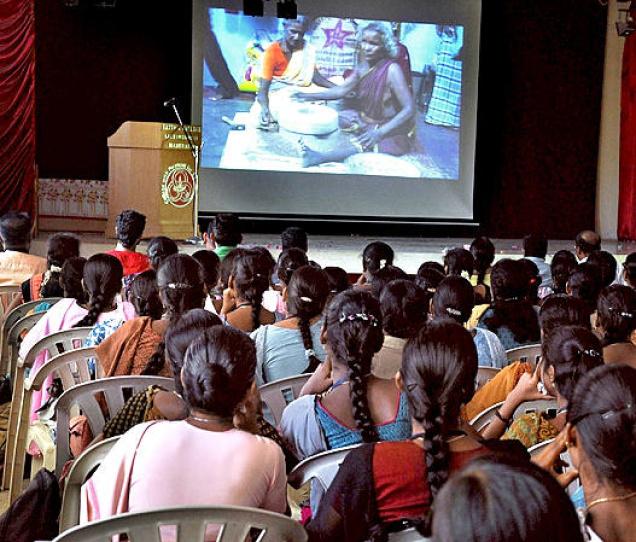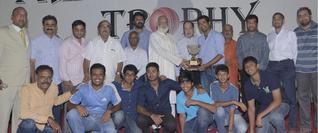Coimbatore :
Its little wonder that Tirupur, which has established itself as a knitwear export hub on the global map is today attracting labour, not merely from the neighbouring districts in the State but from other parts of the country as well.
Industry insiders say that the number of job seekers from Assam, Bihar, Odisha, Uttar Pradesh and Nepal among others is on the rise. From just around 5000-odd persons about four years back, the number is estimated to have risen to 40,000+ at present.
Preferring anonymity, an industry source said that some units have established recruitment offices in Bihar and Odisha. ‘With local labour becoming scarce, we have no option but look elsewhere to fill this void by allowing migrants from the north,’ the source said.
LABOUR DYNAMICS
And the labour dynamics is witnessing a change not just on the shop floor, but on the streets, canteen and eatery as well.
The Nethaji Apparel Park (NAP), on the outskirts of this dollar town houses 54 units and provides employment to around 17,000 labourers.
According to R. Subramaniam, Executive at NAP, at least 7000 of the total workforce at NAP units were from the northern and central parts of the country. “Most of the northern companies prefer to engage north Indian labour,” he said, justifying the significant rise in the number of migrant labour.
And in recent years, some of the garment exporters seem to have gone to the extent of getting cooks from these states to enable the workforce appease their hunger. “We realised that the migrant workers from north Indian states missed their food and decided to address this issue,” said an exporter.
J-Marks Exim (I) Private Ltd has, for instance, five units at NAP. Not less than 65-70 per cent of the workforce in this company is from the North.
Rakesh, aged about 21, is working in the bundling section at J-Marks. Hailing from a village near Varanasi in Uttar Pradesh, this youngster came to Tirupur two years back.
Stating that his uncle introduced him to this knitwear exporting unit, Rakesh told this correspondent that he has been able to send home around Rs 12,000 every alternate month. “Ours is an agricultural family. We cultivate wheat in our farm. I usually go home during the harvest season. My people are using this money for building a house,” he said.
Lakshman, a co-worker with Rakesh at the same unit says he came to Tirupur to eke out a living. These two along with ten others from Uttar Pradesh take turns and make their meal. “It’s no big deal,” says Lakshman.
ACCOMMODATION
Subramaniam said accommodation was becoming a major issue, with rentals hitting the roof. “We have a women’s hostel, which can accommodate 1,000 women. Many more are coming up in Tirupur,” he added.
An industry insider meanwhile pointed out that workers from different States preferred to live in colonies. “Perumanallur, located about 12 km from Tirupur is a Nepalese settlement,” the source said.
The units continued to provide conveyance. “Earlier, one would see the locals commuting in these buses. Now, a majority of the occupants in these buses are from other states,” said Subramaniam.
According to the NAP Executive, the employer reference is sought when such migrants seek rental accommodation.
source: http://www.thehindubusinessline.com / Business Line / Home> News> National / by L.N. Revathy / Coimbatore – April 18th, 2013
